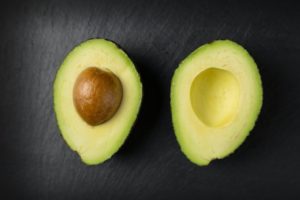Fats have long been demonized as the enemy of a healthy diet, but recent studies have shown that they play an important role in our overall health. In this blog post, we’ll take a closer look at fats and explore what you need to know about incorporating them into your diet.
First, let’s define what fats are. Fats are one of the three macronutrients that make up our diet, along with carbohydrates and protein. They provide energy, help to absorb certain vitamins, and are necessary for proper brain function.
There are several different types of fats, and not all of them are created equal. Saturated and trans fats are the unhealthy fats that you should try to avoid or limit in your diet. These fats can raise your cholesterol levels, increase your risk of heart disease, and contribute to weight gain.
On the other hand, unsaturated fats are the healthy fats that you should aim to include in your diet. Unsaturated fats can help to lower your cholesterol levels, reduce inflammation in the body, and protect against chronic diseases.
There are two main types of unsaturated fats: monounsaturated and polyunsaturated. Monounsaturated fats are found in foods like olive oil, nuts, and avocados, and have been shown to improve insulin sensitivity and reduce the risk of heart disease. Polyunsaturated fats are found in fatty fish, nuts, and seeds, and are essential for brain function, cell growth, and reducing inflammation in the body.
So, how much fat should you be eating? The American Heart Association recommends that adults get 20-35% of their daily calories from fat, with no more than 10% coming from saturated fats. The key is to focus on including healthy fats in your diet, while limiting or avoiding unhealthy fats.
Here are some tips for incorporating healthy fats into your diet:
- Cook with olive oil instead of butter or margarine.
- Snack on nuts or seeds instead of chips or candy.
- Choose fatty fish like salmon or tuna instead of red meat.
- Add avocado to your salads or sandwiches.
- Use nut butter instead of cream cheese or butter on your toast.
In conclusion, fats are an essential part of a healthy diet, but not all fats are created equal. Aim to include healthy fats like monounsaturated and polyunsaturated fats in your diet, while limiting or avoiding unhealthy saturated and trans fats. By making these simple changes to your diet, you can improve your overall health and reduce your risk of chronic diseases.


